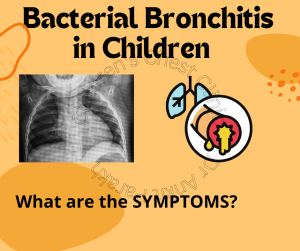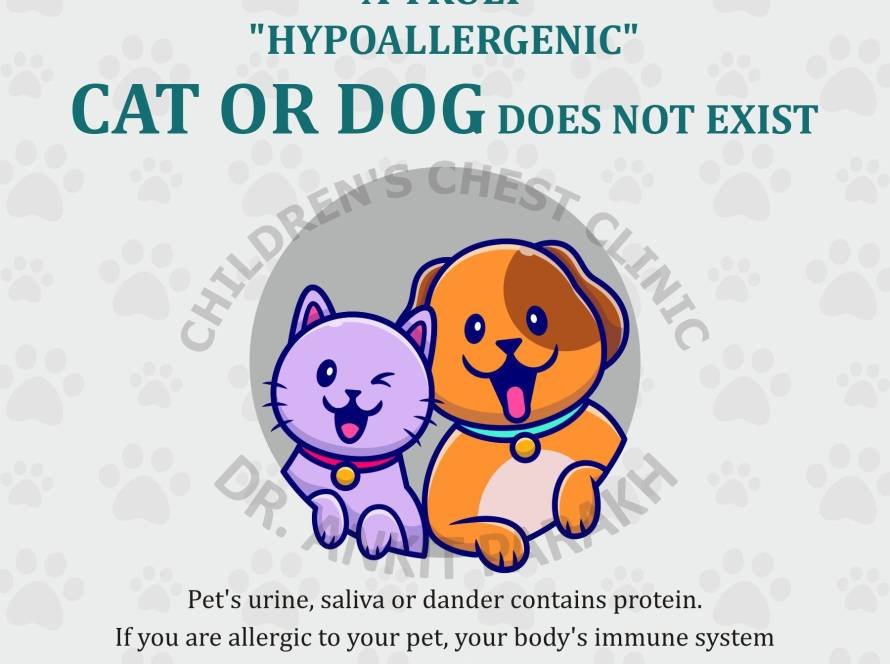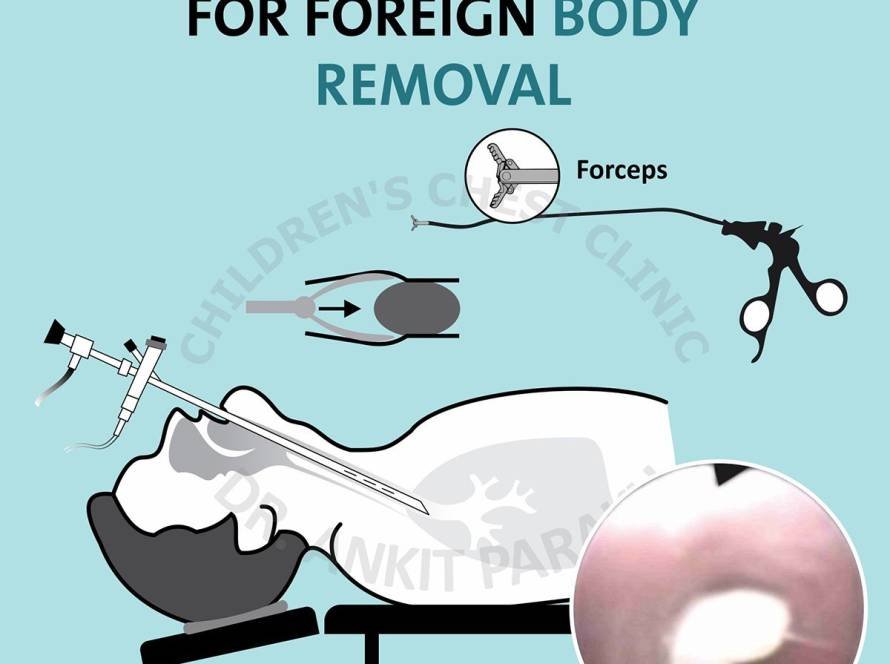Bacterial bronchitis is a common bacterial infection of the airways or bronchi in children. Children with bacterial bronchitis develop swelling and excessive mucus inside the airways. Swelling and increased mucus leads to a persistent and prolonged wet cough. In this article we will talk about the symptoms, diagnosis and treatment of bacterial bronchitis in children.
What are the symptoms of bacterial bronchitis in children?
Children with bacterial bronchitis usually have a cough which appears wet with mucus in the airways. Although wet cough can be present in many children who have a viral respiratory infection, the duration of the wet cough usually lasts for less than 2 weeks. Children with a persistent and prolonged wet cough should be investigated for bacterial bronchitis. Some children with bacterial bronchitis can also have a wheezing sound in the chest, similar to that heard in children with asthma. Wheezing is a whistling sound which is heard when the child is breathing out.

Since cough and wheezing are common symptoms of other problems, children with bacterial bronchitis are usually missed. Other common causes which lead to cough and wheezing must be considered when making a diagnosis of bacterial bronchitis in children. Common causes of cough and wheezing in children include. viral respiratory infections, bronchial asthma, foreign body in the airway and congenital airway problems. Evaluation for these problems must be carefully done before a child is diagnosed to have bacterial bronchitis. Many times children with bacterial bronchitis might be inappropriately treated with asthma medicines, but do not attain any benefit.
How do we diagnose bacterial bronchitis in children?
The diagnosis of bacterial bronchitis in children can be made on clinical grounds. Children with persistent wet cough for more than 4 weeks without any other reason are diagnosed to have bacterial bronchitis. Basic investigations are usually done to look at other courses of cough and wheezing. This might include a blood count and a chest xray. CT scan of the chest might be required in some cases of bacterial bronchitis, especially when the duration of symptoms is quite long for a few months and the child is suspected have bronchiectasis (dilated and swollen airways).
In some cases a bronchoscopy and bronchoalveolar lavage might be required to make a diagnosis of bacterial growth parties in children. Flexible bronchoscopy helps in evaluation of the airway to rule out other problems which might be causing cough or wheezing. Bronchoscopy also helps to collect sputum or mucus for culture in the lab for the bacteria which might be leading to the problem. Children with repeated episodes of bacterial bronchitis need to be evaluated for problems like immunodeficiency, cystic fibrosis and primary ciliary dyskinesia.
What are the complications of bacterial bronchitis in children?
Some children with bacterial bronchitis can get repeated episodes after an interval of a few months. In some cases, the bacterial bronchitis does not get appropriately treated and the infection gets prolonged. Persistent and prolonged infection of the airways lead to permanent damage and dilatation to the airway walls called bronchiectasis.
What is the best treatment for bacterial bronchitis?
The treatment of bacterial bronchitis in children usually involves the long course of antibiotics. Antibiotics are usually chosen based on microbiological diagnosis either from a sputum sample or from a bronchoalveolar lavage sample. In cases where microbiological results are not available or possible, empirical antibiotics are used. Most commonly used antibiotics for treatment of bacterial bronchitis in children are amoxicillin clavulanic acid or oral 3rd Generation cephalosporins like cefpodoxime or cefdinir. Antibiotics are usually required for a period of 2-4 weeks for complete clearance of the bacteria from the child’s airways. Nebulization with hypertonic saline with chest physiotherapy is also helpful for clearance of the airway secretions.
In case your child is having chronic wet cough or persistent wheezing you need to get in touch with a Child pulmonologist for a proper opinion, diagnosis and treatment.






